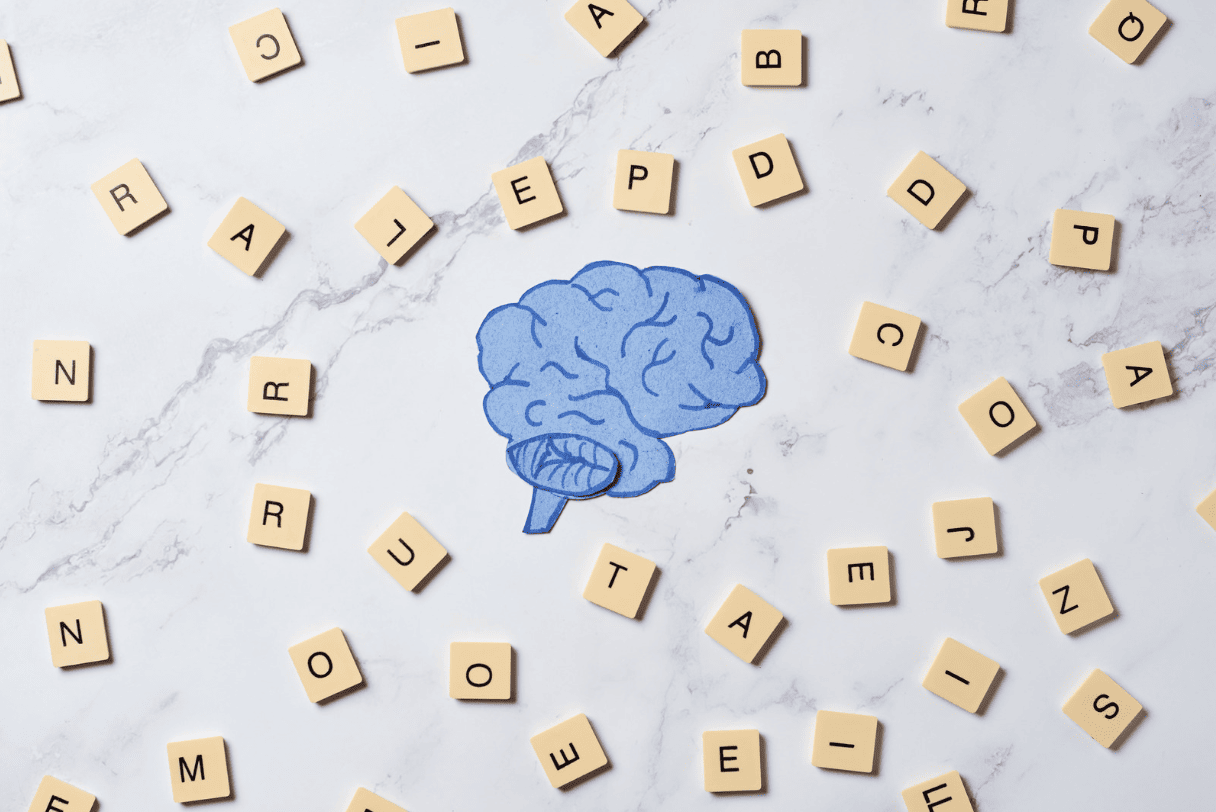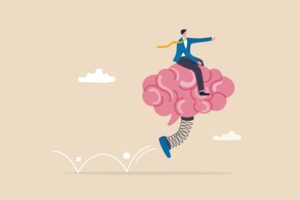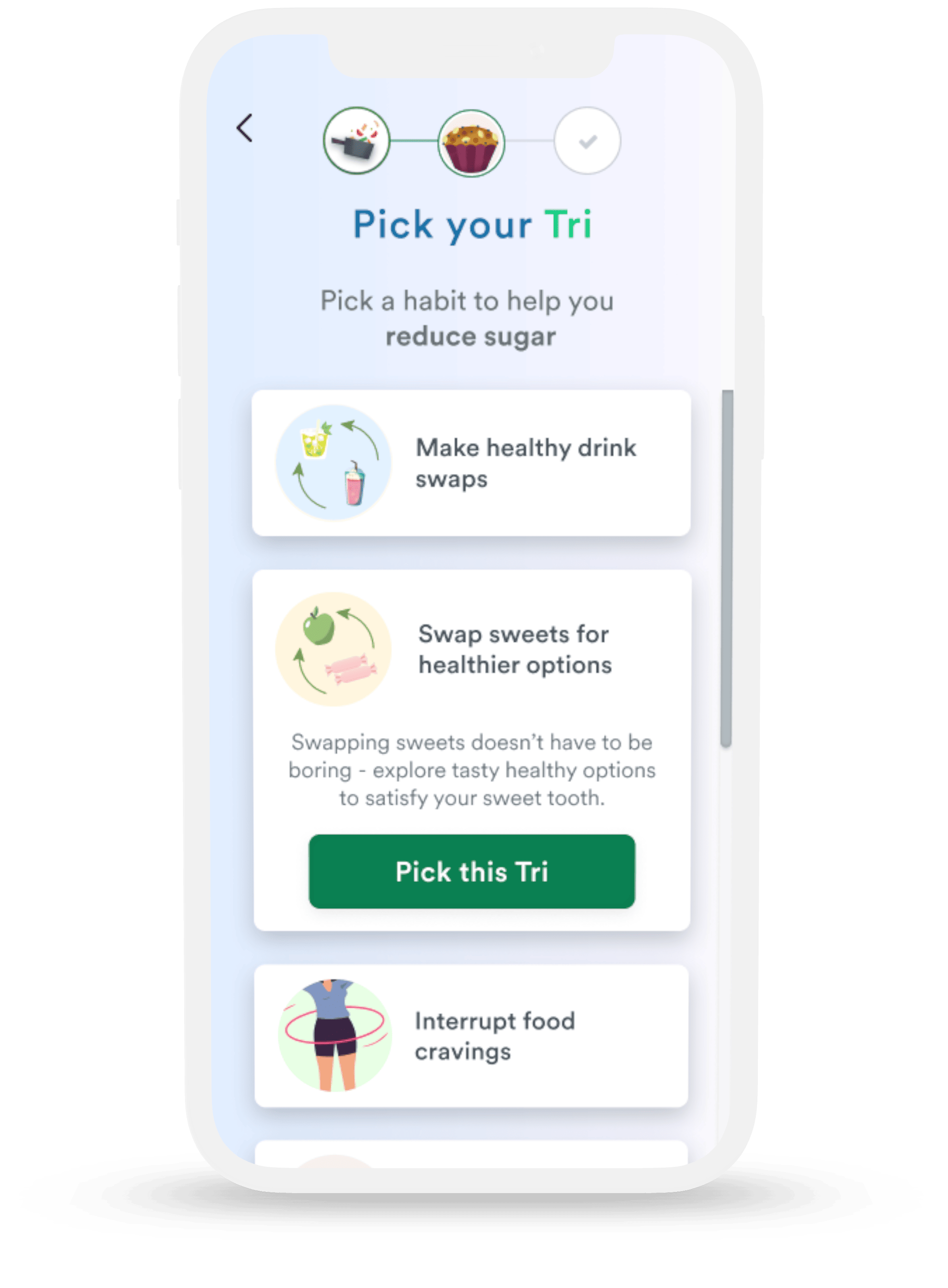Nourishing Neuroplasticity: Activities for Brain Awareness Week
Brain Awareness Week, held annually in March, is a global effort to raise awareness for brain health and the progress of brain research.
This year’s Brain Awareness Week occurs March 11-17, 2024. It’s filled with activities and events that educate people about the power of the brain, embolden them to care for their brain health, and give them the tools to make healthy and informed decisions about their lifestyle.
For 2024’s Brain Awareness Week, we will focus on neuroplasticity: the brain’s ability to adapt and change its structure, function, and connections over time.
This blog will provide practical suggestions for activities during Brain Awareness Week (and beyond!) to nourish neuroplasticity and support optimal brain health. Engaging in a few healthy lifestyle habits keeps our brains plastic and primes our minds to continue learning, enhancing memory, improving focus, and preventing cognitive decline.
What is Neuroplasticity?
Neuroplasticity refers to the brain’s ability to modify its neural pathways and synapses in response to new information, experiences, behaviors, and changes to the brain itself. When we learn new skills, form memories, or acquire knowledge, the neural connections are strengthened in the brain. Neuroplasticity allows the brain to functionally and physically remodel itself and adapt to new situations.
Neuroplasticity is crucial for cognitive function throughout our entire lifespan. A plastic brain can recover from injury more easily, compensate for lost abilities, and absorb new information.
Engaging in neuroplasticity-promoting behaviors keeps our brains active, flexible, and healthy as we age. Let’s explore some of these behaviors and how they help our brains.
Physical Exercise: Fuel for the Brain
Physical exercise is one of the most effective ways to boost neuroplasticity.1 Aerobic exercise, like brisk walking, jogging, cycling, swimming, and dancing, provides a powerful neuroplasticity stimulus.
Studies show just one 30-minute session of moderate aerobic exercise can immediately boost cognition and executive function, especially in older adults.2 Regular aerobic exercise also improves learning and memory, increases the growth of new brain cells, and shields the brain from age-related shrinkage.
Aim for at least 150 minutes per week of moderate aerobic activity or 75 minutes of vigorous activity, spreading it out over several sessions. Taking a 30-minute walk, swim, or dance break during Brain Awareness Week can get your brain and blood flowing.
Mental Stimulation: Exercise for the Mind
Engaging in cognitively stimulating activities is equally crucial for nourishing neuroplasticity. We build new neural networks when we challenge our brains with new input.
Activities involving learning new skills, acquiring new knowledge, or creatively approaching tasks provide fresh neural stimulation. Examples include learning a language or instrument, completing puzzles, playing strategy games, or taking alternate routes when driving home.
Make a point to challenge your brain daily during Brain Awareness Week with mentally stimulating games and problem-solving activities. Seek out courses for lifelong learning, read books on topics outside your expertise, and find brain training apps that test skills like memory, attention, and flexible thinking.
Nutrition: Feeding the Brain
The food we eat provides the raw materials for building neural connections. A diet rich in brain-healthy nutrients nourishes neuroplasticity by enhancing nerve cell growth, strengthening synapses, and stimulating neuron communication.3
Essential nutrients that feed neuroplasticity include omega-3 fatty acids from fish and nuts, antioxidant-packed fruits and vegetables, B vitamins from whole grains and leafy greens, and vitamin E in seeds, nuts, and olive oil.
Make an effort to consume more neuroplasticity-boosting foods during Brain Awareness Week, like salmon, walnuts, broccoli, avocado, whole grains, dark chocolate, and blueberries. Limit highly processed foods, sugar, and saturated fats that can negatively impact cognitive function.
Stress Management: Protecting Brain Cells
Chronic stress and anxiety weaken neuroplasticity by elevating inflammation, overexciting neural circuits, and even killing brain cells.4 Managing stress is fundamental for nourishing neuroplasticity and maintaining a healthy, adaptive brain.
Practices that activate the body’s relaxation response—deep breathing, meditation, yoga, and mindfulness—reverse the damaging effects of stress by calming neural activity and regulating stress hormones. Carving out time for these practices during Brain Awareness Week arms your brain with defenses against stress.
Quality Sleep: Recharging the Brain
Sleep is when neuroplastic change occurs most readily in the brain.5 Getting sufficient, high-quality sleep allows the brain to consolidate memories, process information, and make new neural connections.
Aim for 7-8 hours of sleep each night during Brain Awareness Week. To help hit that goal:
- Set a sleep schedule—go to bed and wake up around the same time each day
- Make sure your bedroom is cool, dark, and quiet
- Avoid digital screens and harsh blue light before bedtime
- Establish a relaxing pre-sleep routine, like reading, journaling, or mindfulness
A well-rested brain is a plastic brain.
Social Connection: Brain Boosters
Our brains thrive on social connection. Interacting with others provides the brain with continual stimulation that strengthens neural networks. Meaningful social bonds also lower stress and enhance emotional well-being, supporting neuroplasticity.
During Brain Awareness Week, seek fulfilling social activities and engage with your community. Call a friend, volunteer at a local organization, join a book club, or attend a neighborhood meeting. Your brain will benefit from this face-to-face social interaction.
Boost Your Brain for Brain Awareness Week
The activities highlighted above—exercise, cognitive stimulation, healthy eating, stress management, restful sleep, and social interaction—enhance neuroplasticity and sharpen brain function.
Brain Awareness Week is an opportune time to kick your healthy lifestyle habits into high gear and nourish your amazing, flexible brain. Start incorporating these neuroplasticity-boosting behaviors into your routine for a healthier, happier, more flexible mind. Your brain will thank you!
Need some extra guidance on boosting your brain’s neuroplasticity? Download the FREE Fresh Tri app for reminders and gentle nudges on incorporating healthier habits into your daily routine.
References
- Lin, W., Tsai, F., & Kuo, M. (2018). Physical Exercise Enhances Neuroplasticity and Delays Alzheimer’s Disease. Brain Plasticity, 4(1), 95-110. https://doi.org/10.3233/BPL-180073
- Olivo, G., Nilsson, J., Garzón, B., Lebedev, A., Wåhlin, A., Tarassova, O., Ekblom, M., & Lövdén, M. (2021). Immediate effects of a single session of physical exercise on cognition and cerebral blood flow: A randomized controlled study of older adults. NeuroImage, 225, 117500. https://doi.org/10.1016/j.neuroimage.2020.117500
- Gómez-Pinilla, F. (2008). Brain foods: The effects of nutrients on brain function. Nature Reviews. Neuroscience, 9(7), 568. https://doi.org/10.1038/nrn2421
- Nordman, J. C., Summers, C., & Ball, K. (2023). Editorial: The impact of chronic stress on neuroplasticity and abnormal behavior. Frontiers in Behavioral Neuroscience, 17, 1208351. https://doi.org/10.3389/fnbeh.2023.1208351
- Frank, M. G. (2015). Sleep and Synaptic Plasticity in the Developing and Adult Brain. Current Topics in Behavioral Neurosciences, 25, 123. https://doi.org/10.1007/7854_2014_305













